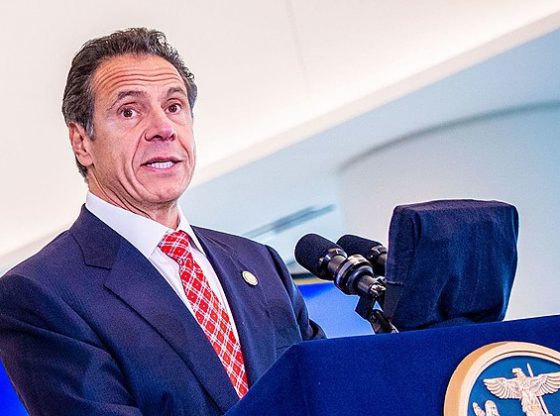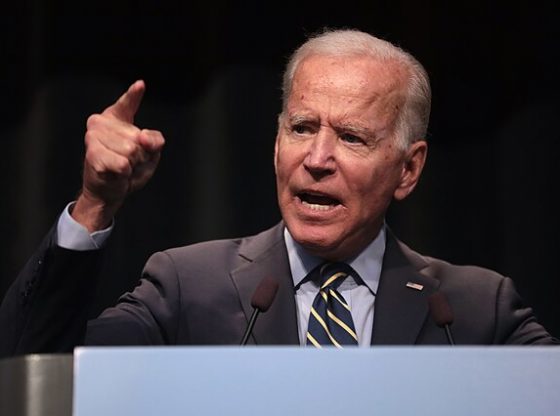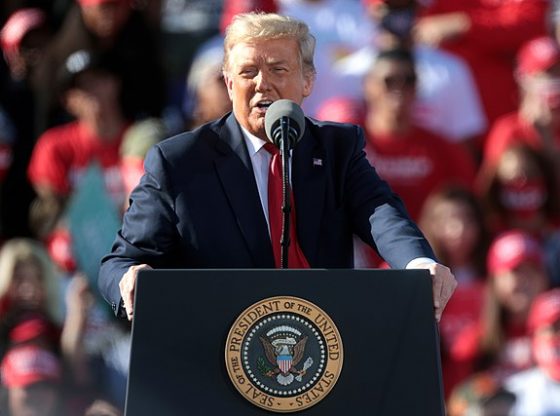The U.S. added a solid 199,000 nonfarm payroll jobs in November, but the composition of those newly added jobs was dominated by three sectors and boosted by government funding, according to the Bureau of Labor Statistics (BLS).
The majority of jobs added in November were from the government, health care or leisure and hospitality sectors, adding 77,000, 49,000 and 40,000 jobs, respectively, according to the BLS. Part of the remaining gain came from the manufacturing sector, which added 28,000 jobs but was boosted by 30,000 unionized autoworkers returning from a strike, meaning the sector actually lost 2,000 jobs.
“There are essentially two economies right now — the private sector economy and the government economy.” Michael Faulkender, chief economist and senior advisor for the Center for American Prosperity, told the Daily Caller News Foundation. “With massive deficit spending and a complete disregard for its cost, the government is expanding its activities and the result is hiring in the government, health care, and social assistance industries.”
The number of public sector jobs under President Joe Biden is close to setting a new record for the highest number of government employees. Following November’s gain, there were 22,967,000 government employees, compared to the all-time high of 22,996,000 workers in May 2010, with the number of workers boosted to conduct the census that year.
The number of retail jobs added in the month declined by 38,000 in November, while employment in transportation and warehousing declined by 5,000, according to the BLS. The number of jobs in social assistance and individual and family services showed moderate growth, adding 16,000 and 9,000 jobs, respectively.
The top job-producing sector for November, health care, receives huge government funds in the form of subsidies for health insurance, which ultimately funnels its way into hospitals, according to the Congressional Budget Office. For 2023, the federal government is estimated to have given $1.8 trillion to subsidizing health insurance.
Biden has also directly sought to grow employment in the health care sector, announcing in August that the federal government would be giving $100 million in subsidies to train more nurses, according to a press release from the Department of Health and Human Services.
“Because of the higher inflation and interest rates that have resulted, the private sector economy is struggling and not doing much hiring,” Faulkender told the DCNF. “After accounting for the end of the auto strike, manufacturing employment declined in November and pending home sales are at the lowest level since the housing crisis. The problem is that these massive deficits are unsustainable; an economy built on something unsustainable will not be able to continue. I fear that this current approach will cause massive harm to the American people when a bond market auction fails and the Treasury is forced to implement immediate across-the-board cuts.”
The federal deficit clocked in at close to $2 trillion for the fiscal year 2023, nearly doubling the $1 trillion deficit the country sustained in fiscal year 2022 if Biden’s failed student loan plan is properly calculated. The U.S. sovereign debt was more than $33.8 trillion as of Dec.7, according to the U.S. Treasury Department.
Inflation has been increasingly taking a bite out of businesses’ ability to hire, with costs rising 17.1% across the entire economy since Biden took office in January 2021. In response to persistent inflation, the Federal Reserve has raised its federal funds rate to a range of 5.25% and 5.50%, the highest point in 22 years, raising the cost of credit and putting even more strain on businesses and consumers.
The White House did not immediately respond to a request to comment from the DCNF.
Will Kessler on December 11, 2023
















